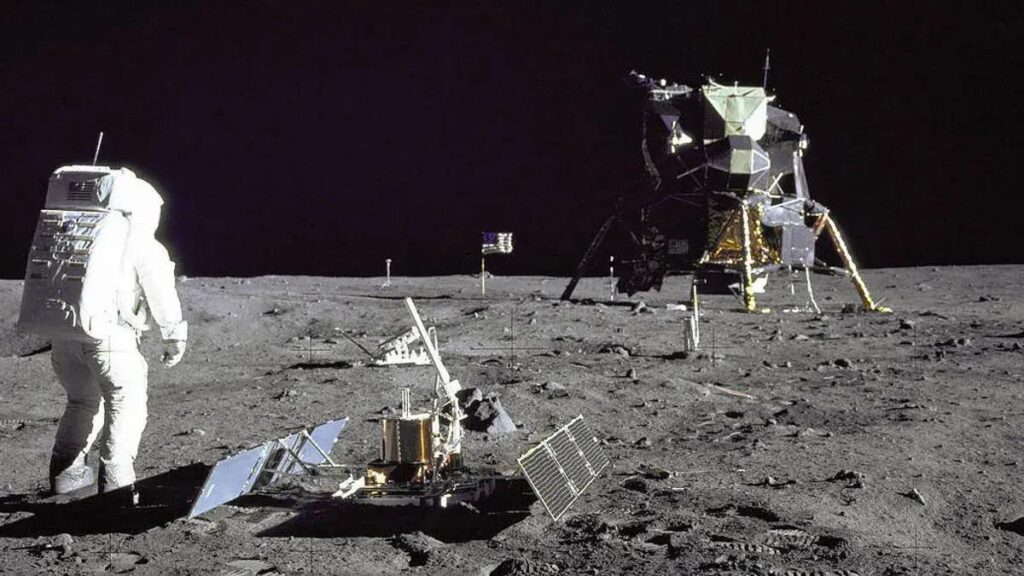India recently went to the Moon, but other countries, who went before us, left over 400,000 pounds of trash there

PuneNow, August 27, 2023: As India embarks on its journey to the Moon for scientific and peaceful exploration, it’s essential to look at the legacy of space exploration thus far. The Moon, although untouched by human settlement, has already accumulated more than 400,000 pounds of trash left by various missions. But it’s not just the Moon; the issue of space waste extends to Earth’s orbit, Venus, and Mars. Let’s explore the depth of this growing problem.
The Lunar Junkyard: How We Turned the Moon into a Garbage Dump
There have been 12 human trips to the Moon, and each has contributed to an accumulation of garbage on its surface. From insulating blankets to used wet wipes, a variety of items litter this celestial body. Scientists justify this accumulation by explaining that leaving some equipment behind made it cheaper and easier to bring astronauts back to Earth. Unmanned missions have also contributed to the waste, with over 70 vehicles from crashed probes scattered across the Moon.
The Garbage Beyond: Trash on Venus, Mars, and Orbiting Earth
However, the Moon isn’t the only celestial body affected by human waste. Scientists have also identified trash on the surfaces of Venus and Mars. Furthermore, there is a significant amount of space debris orbiting Earth. Ever since Sputnik, the first artificial satellite, was launched by the then-Soviet Union in 1957, the issue of space waste has grown exponentially.
An estimated 4,600 satellites now orbit Earth, along with over 14,000 old rocket parts and pieces of space junk. This waste isn’t merely floating benignly; it travels at astonishing speeds, posing a risk to working satellites and space missions.
The United States: Leading the Pack in Space Trash
The United States holds the dubious honor of having the most trackable space junk in Earth’s orbit, with a tally of 3,999 pieces. Russia follows closely with 3,961 pieces, and China is third with 3,475 pieces, according to Space-Track. The risk is substantial; even small fragments traveling at high speeds can cause damage comparable to twenty-five sticks of dynamite.
Fighting the Space Waste Crisis
NASA and the US Department of Defense are pioneering a space surveillance network to combat this issue. There are also efforts to encourage international co-operation to stop the littering of space and to start cleaning up existing trash. Some new spacecraft are even being built with systems to de-orbit them, thus curbing the growth of space waste.
Conclusion: A Wake-Up Call for Sustainable Space Exploration
As India steps into the realm of lunar exploration, it’s a good time for all nations to reassess the environmental impact of their space missions. The Moon may be 238,855 miles away, but it’s not too far to escape the consequences of human carelessness. The 400,000 pounds of trash on the Moon should serve as a cautionary tale for future missions, including India’s, and push us toward more sustainable practices in space exploration.
By taking more responsible steps now, we can aim for a cleaner space environment that will benefit not just us, but generations to come.









